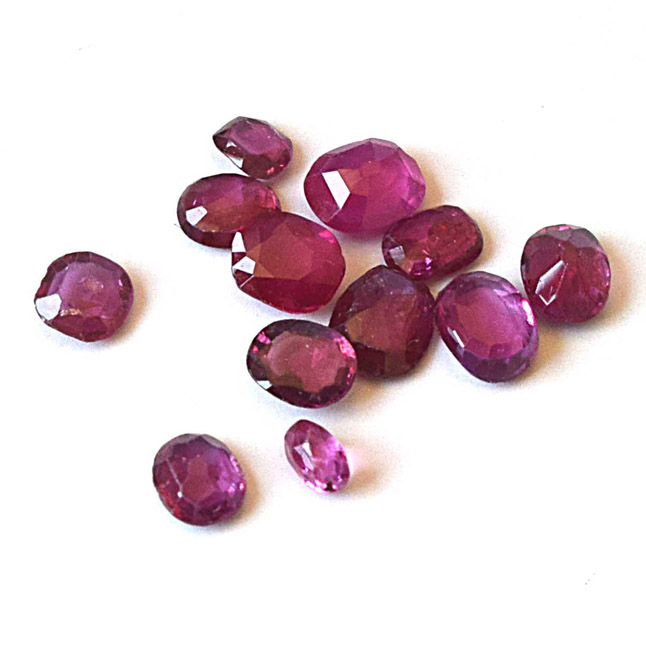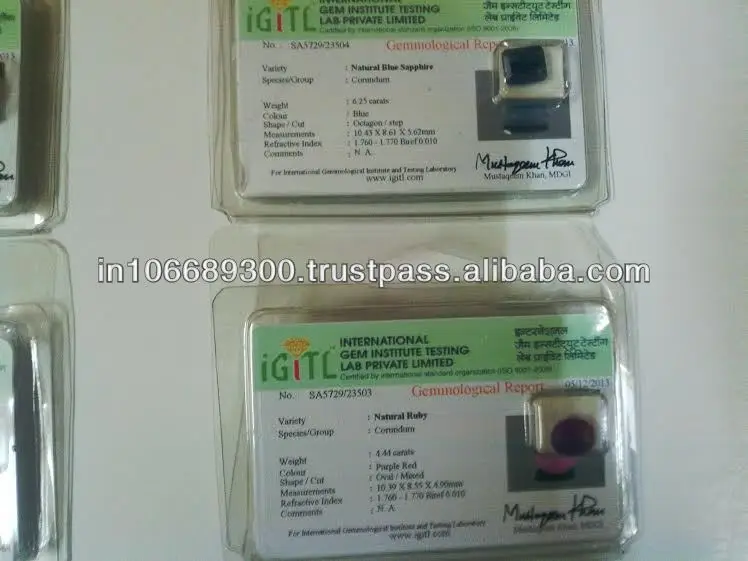

Polishing or recutting would take off this surface treatment. The new attractive blue color is stable for routine cleaning procedures. This process is done to create the star effect on the gemstones also and these gemstones are then called a diffused star sapphires. It results in a thin layer (about a millimeter) of color at the surface of colorless or light-colored sapphires. The diffusion treatment involves the addition of color-causing chemicals during heat treatment. Ruby and sapphire can be heat treated with the following main purposes:Ģ.1. Heat treatment with or without a chemical agent is accepted as a common practice. Various techniques are known to improve the appearance of natural or synthetic corundum. Picture 1.2.1 Growth lines in natural sapphire The internal regularity in crystals (atoms are arranged in an orderly, repetitive array) often shows itself on the outside of the crystal, as flat faces meeting at sharp edges and pointed corners. The growth lines can only be observed under a microscope with appropriate lighting. Crystal morphology (crystal shape) is closely related to crystal growth. The growth lines (picture 1.2.1) in the natural crystals (including corundum) are straight and follow the directions of the crystal flat faces of the raw material before the faceting.


Their color is known as “pigeon blood” (picture 1.1.3). Ruby may exhibit one of a few possible secondary hues – pink, purple and orange. Most desirable and expensive are the rubies with light purple hue and tone 8. Blue color tones from 5 to 9 in natural jewelry blue sapphires The blue color tones from 5 to 9 for natural jewelry blue sapphires are shown in picture 1.1.2 from left to right. Most desired blue color tone for corundum is 8. When defining the color and color tone, the stones should be placed on a clean white paper with the pavilion facets up, as the dispersion from the crown facets can mislead us. Picture 1.1.1 Different colors in natural corundum The red corundum with a color tone of over 5 is called ruby, and corundum of all other colors – sapphire (white sapphire, yellow sapphire, orange sapphire, pink sapphire, blue sapphire, green sapphire, etc.). Saturation refers to the intensity of color and is the degree to which color departs from a neutral (gray) sensation. The tone scale is divided into 11 grades, 0 to 10, with 10 being black. Natural corundum can be found in all colors in nature with a wide variety of hue, tone, and saturation (according to the GIA grading system for colored gemstones) (picture 1.1.1). The color is determined with hue precision, for example, red-violet, violet, violet-blue, etc. Tone refers to a gem’s relative lightness or darkness of color, for example extremely light, very light, light. 1.1 Color, tone, and hue in natural corundum.


 0 kommentar(er)
0 kommentar(er)
